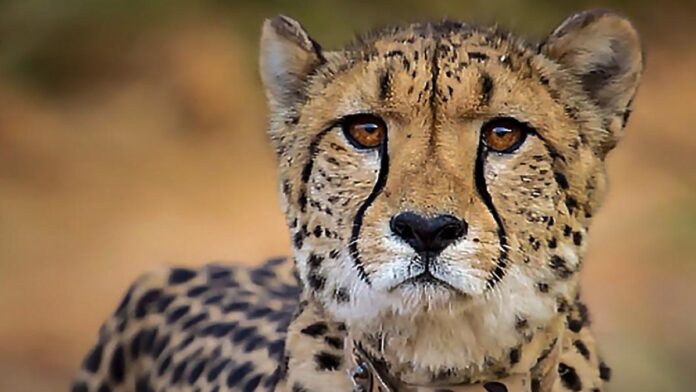It is not surprising that a project Cheetah of this magnitude and complexity would face many challenges. This is the first intercontinental reintroduction of a wild, large carnivore species and therefore there is no comparable historical precedent.
Due to careful planning and execution, all twenty cheetahs survived the initial capture, quarantine and lengthy transport to the purpose-built quarantine and larger acclimatization camps in KNP in Madhya Pradesh. Releasing the cheetahs into free-roaming conditions poses substantial risks.
Like Kuno, no Protected Areas in India are fenced. Animals are thus free to move in and out of the park as they wish. Cheetahs, like other large carnivores are known to range widely during the initial few months after being reintroduced into unfamiliar open systems.
These movements are unpredictable and depend on many factors. After several months the cheetahs should establish their own communication networks and settle down in relatively fixed home ranges. It is important that individual cheetahs do not become totally isolated from the reintroduced group during this phase as they will then not participate in breeding and will thus be genetically isolated.
While many have made predictions about the anticipated carrying capacity of cheetahs in KNP based on other ecosystems in Namibia and East Africa, the actual number of animals that the reserve can accommodate can only be assessed after the animals are released and have established home ranges.
Cheetah home-range sizes and population densities vary tremendously for different cheetah populations in Africa and for obvious reasons, we do not have useful spatial ecology data for cheetahs in India yet.
Five more cheetahs (three females and two males) will be released from the acclimatisation camps into free-roaming conditions in KNP before the onset of the monsoon rains in June. Individuals were chosen for release based on their behavioural characteristics and approachability by the monitoring teams.
These released cheetahs will be monitored in the same way as those that have already been released.
The remaining 10 cheetahs will remain in the acclimatisation camps for the duration of the monsoon season. Certain internal gates will be left open to allow these cheetahs to utilise more space in the acclimatisation camps and for interactions between specific males and females to take place.
Once the monsoon rains are over in September, the situation will be reassessed. Further releases into KNP or surrounding areas will be done in a planned manner to Gandhisagar and other areas as per the Cheetah Conservation Action Plan to establish meta population.
Cheetahs will be allowed to move out of KNP and will not necessarily be recaptured unless they venture into areas where they are in significant danger. Their degree of isolation will be assessed once they settle down and appropriate action will to be taken to enhance their connectivity to the group.
The female who gave birth in March, will remain in her camp to hunt and raise her four cubs.














